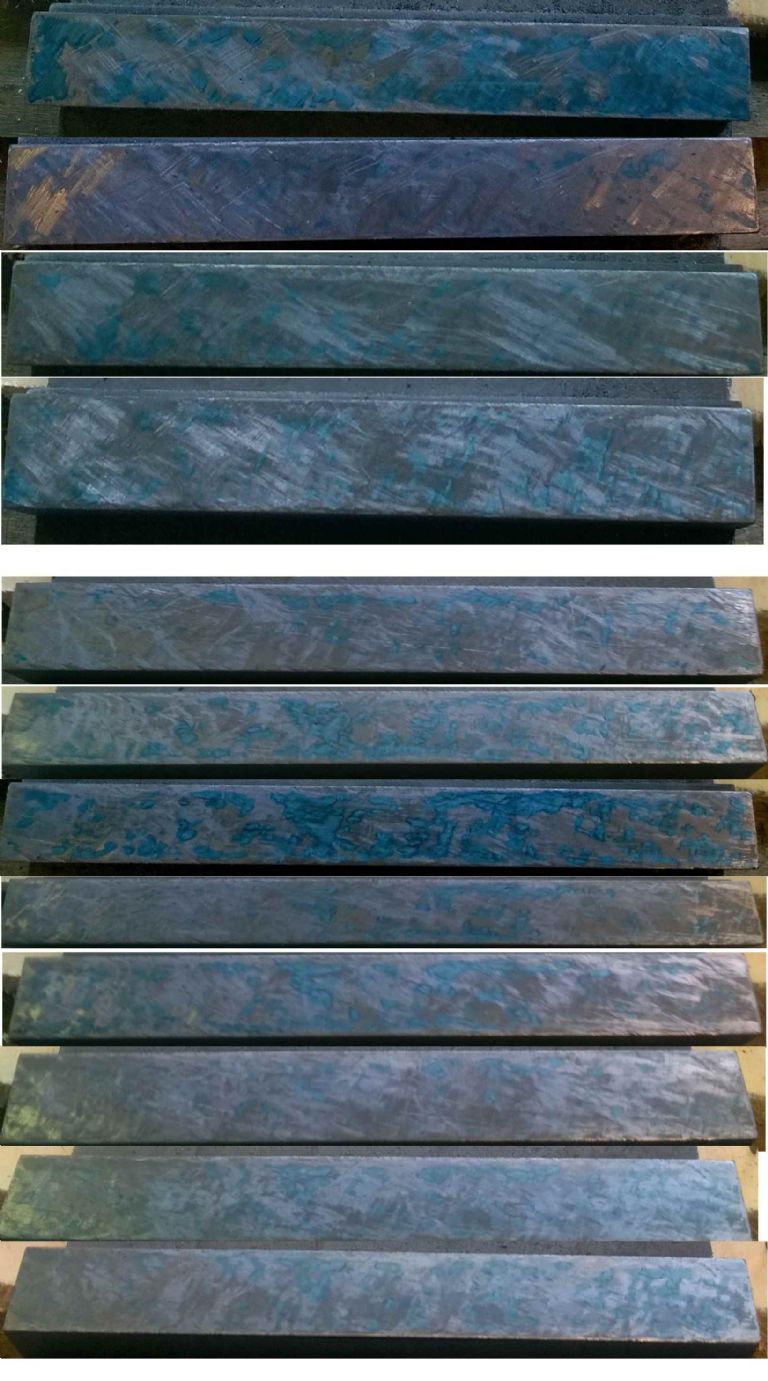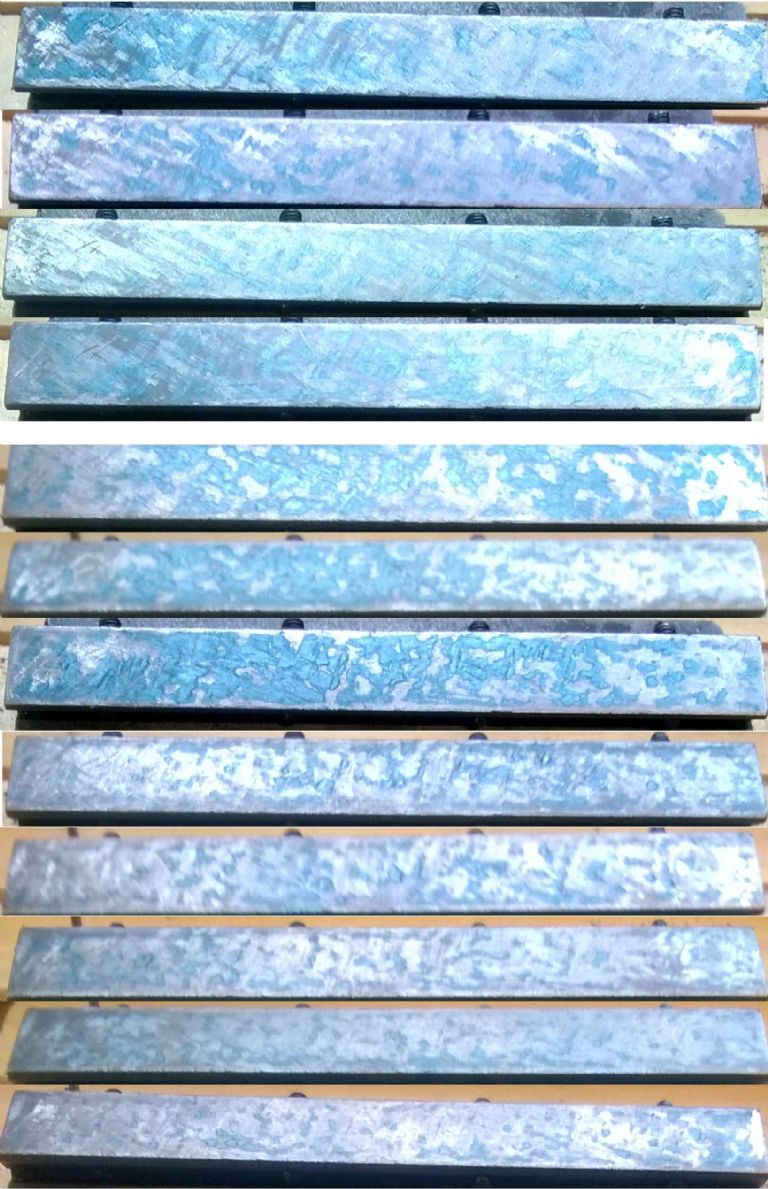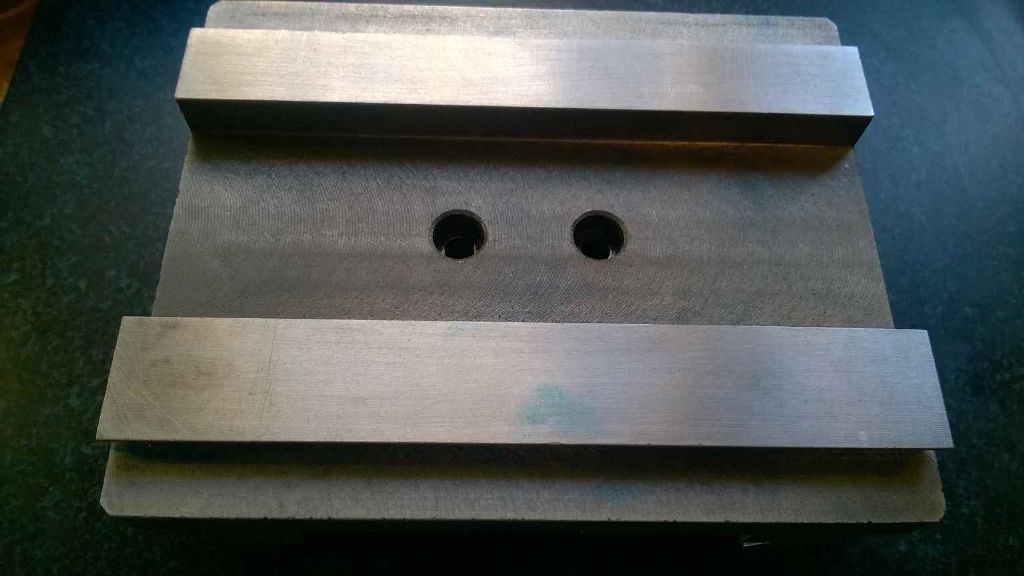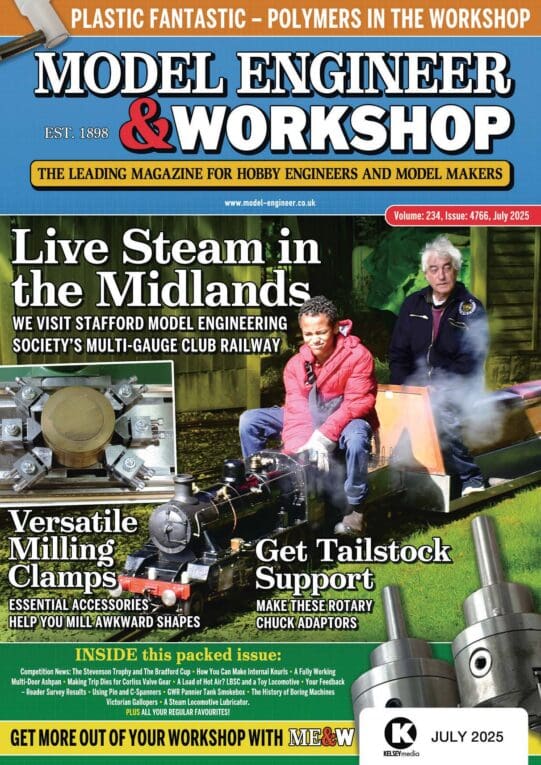Oh boy, can o' worms ahoy!
You probably should sit down and read the book "Machine Tool Reconditioning" by Connelly. It is basically the scraper's Bible.
There is more to it than mere contact area. You need to be sure that everything is staying flat and square as well. Usually one would start by knocking the burrs and high spots off everything with a dead smooth file and see if that helps.
Then as far as scraping goes, one would most often start by scraping the fixed bed ways flat against a known flat surface plate, a small one that can be lifted on to the job. At the same time you have to make sure the ways you are scraping are aslo dead square to the vertical ways (z axis). Depending on the shape/set up of your mill, this might require a scraped square or at home you might use a good quality try square clamped to the way and run a dial indicator up and down it attached to the quill (which must be of course free of excess play).
Then once you have the flat surfaces of the fixed ways flat and square in two directions, you might use a scraped prism to scrape the dovetails flat, and using a pair of rollers and a micrometer, parallel.
Once you have that all sorted, then you are ready to blue up the fixed ways and scrape the moving ways on the table to match.
It is a lot of work and as you are beginning to realize, of questionable worth on a cheap machine.
You say you have the front of the table .1mm lower than the back, due to more metal at the back of the table. The cure for this might be to take a cut with a flycutter over the top surface of the table, after you have first made sure the fixed ways on the bed of the machine are not the cause of the problem. Proceed with caution, and measure everything several times before taking drastic action such as this.
The lack of ability to hold true after tramming indicates something is loose somewhere. Maybe the column is not secure, or is too flimsy and is bending? Is the head the type that can be angled? If so, it may need pinning in the true position as they can tend to move under load. You cant really proceed with scraping until you have the z axis set right, as all ways need to match it.
Edited By Hopper on 27/06/2016 05:52:10
Iain Downs.







